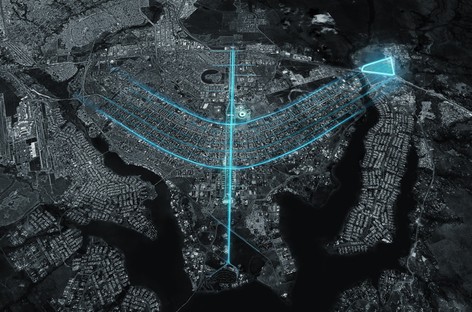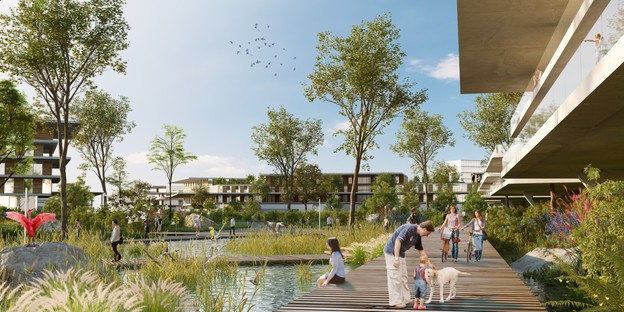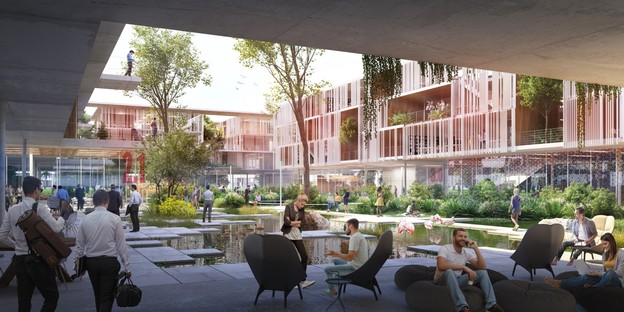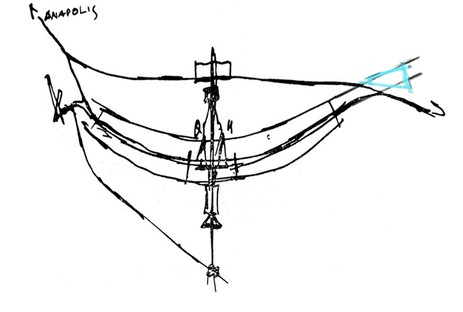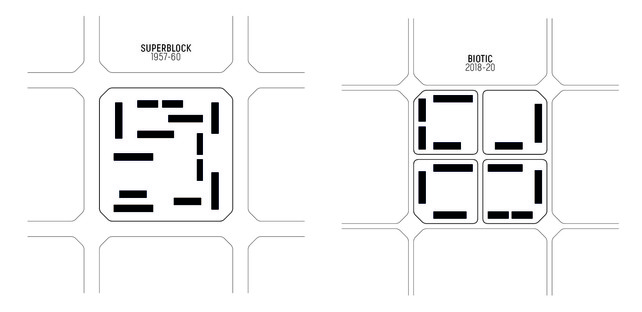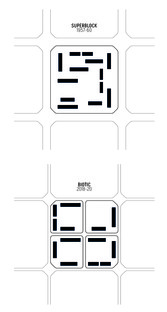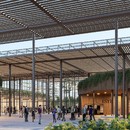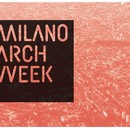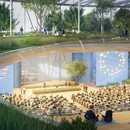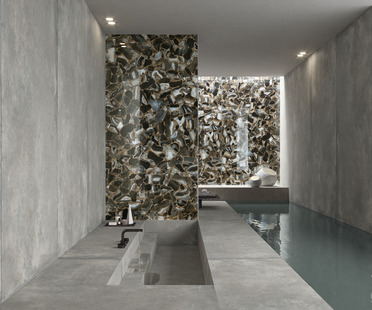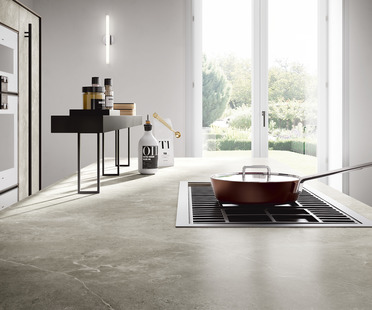26-08-2020
Carlo Ratti Associati expands Brasilia’s historic masterplan with Biotic
Carlo Ratti, Oscar Niemeyer, Lúcio Costa,
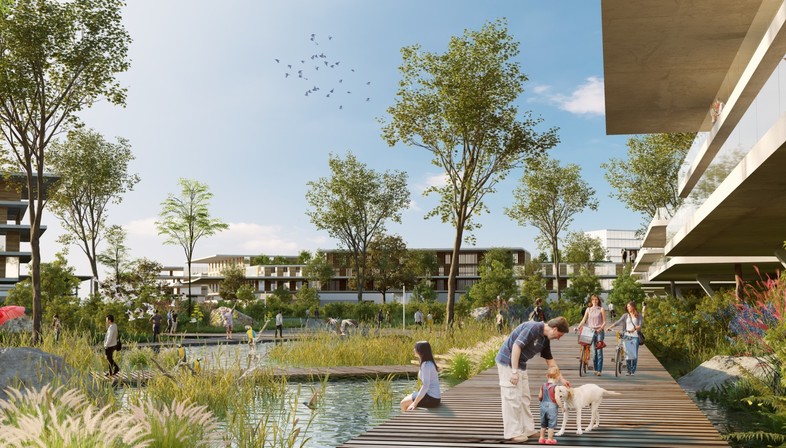
Carlo Ratti Associati architects practice, in partnership with consultancy firm Ernst Young, has reinterpreted the modernist 1955 masterplan created by town planner Lúcio Costa and architect Oscar Niemeyer for Brasilia, capital of Brazil since 1960 and now a UNESCO world heritage site. The project, commissioned by TerraCap, Brazil’s largest real estate company, expanded the historic masterplan by creating a new high-tech innovation district surrounded by nature. Biotec was chosen as the name for this innovative neighborhood of more than 1 million square meters located at the intersection of Plano Piloto, a central area of the city, and the Brasilia National Park. The large-scale real estate development project, begun in 2018, was recently completed and presented to the general public. The aim is to attract companies in the technology sector, creating an innovative business ecosystem in a lively and vibrant neighborhood in line with social and environmental sustainability. A smart city surrounded by nature, where offices, university, stores, housing and public spaces blend into the surrounding landscape, resulting in a more integrated, less fragmented city. One of Brasilia’s key issues, highlighted by architect Carlo Ratti, is the lack of mixed-use development, with the city strictly subdivided according to modernist principles. Principles that the architect wants to overcome with this new project which aims to create a hybrid environment, engaging in unprecedented ways with its modernist heritage, where the four urban scales (residential, monumental, gregarious and bucolic) defined by town planner Lúcio Costa in "Plano Piloto” are intermingled in a more human-centric way.
The architect has reinterpreted Brasilia’s iconic “Superquadra” or “Superblock” modules. The plan entails creating blocks facing onto pedestrianized streets to create streets and plazas that reinforce social cohesion, bringing new vitality to Brasilia. The neighborhood’s innovative mobility is crucial to the project. Traffic links, both main roads and routes within the site, will be reserved for self-driving and/or shared vehicles. The aim is to quickly achieve significant changes in the widespread use of autonomous cars alongside traffic improvements, to reduce carbon dioxide emissions and create new business opportunities.
The climate of the Brazilian capital is also conducive to creating open-air living and working spaces. In fact, the plan envisages using digital technology to manage sunlight, wind and temperature, offering new workspaces in close contact with nature, scattered across plazas, pedestrian areas, shared vegetable gardens, workshops and retail premises. A solution that allows people to move freely between public and private areas, open and secluded areas, merging inside and outside into a single space in tune with the landscape.
(Agnese Bifulco)
Images courtesy of CRA-Carlo Ratti Associati
CREDITS:
BIOTIC
A master plan project by CRA-Carlo Ratti Associati, developed in collaboration with Ernst&Young
Client: TerraCap
Year of development: 2017-2020
CRA Team: Carlo Ratti, James Schrader (Project manager), Rui Guan, Federico Riches, Chenyu Xu, Stephanie Lee, Pietro Franceschini, Ben Johnson
CRA Graphic Team: Gary di Silvio, Pasquale Milieri, Gianluca Zimbardi
Mobility consultancy: MIC - Mobility in Chain
Sustainability strategy: LAND
Engineering consultancy: Ai Engineering










